In this post, we will learn the general specifications when selecting a pressure sensor and transmitter in industries.
In almost every industrial application, you require a pressure sensor. It is a very important instrument device that helps in measuring the pressure of liquid or gas.
Pressure Sensor Specifications
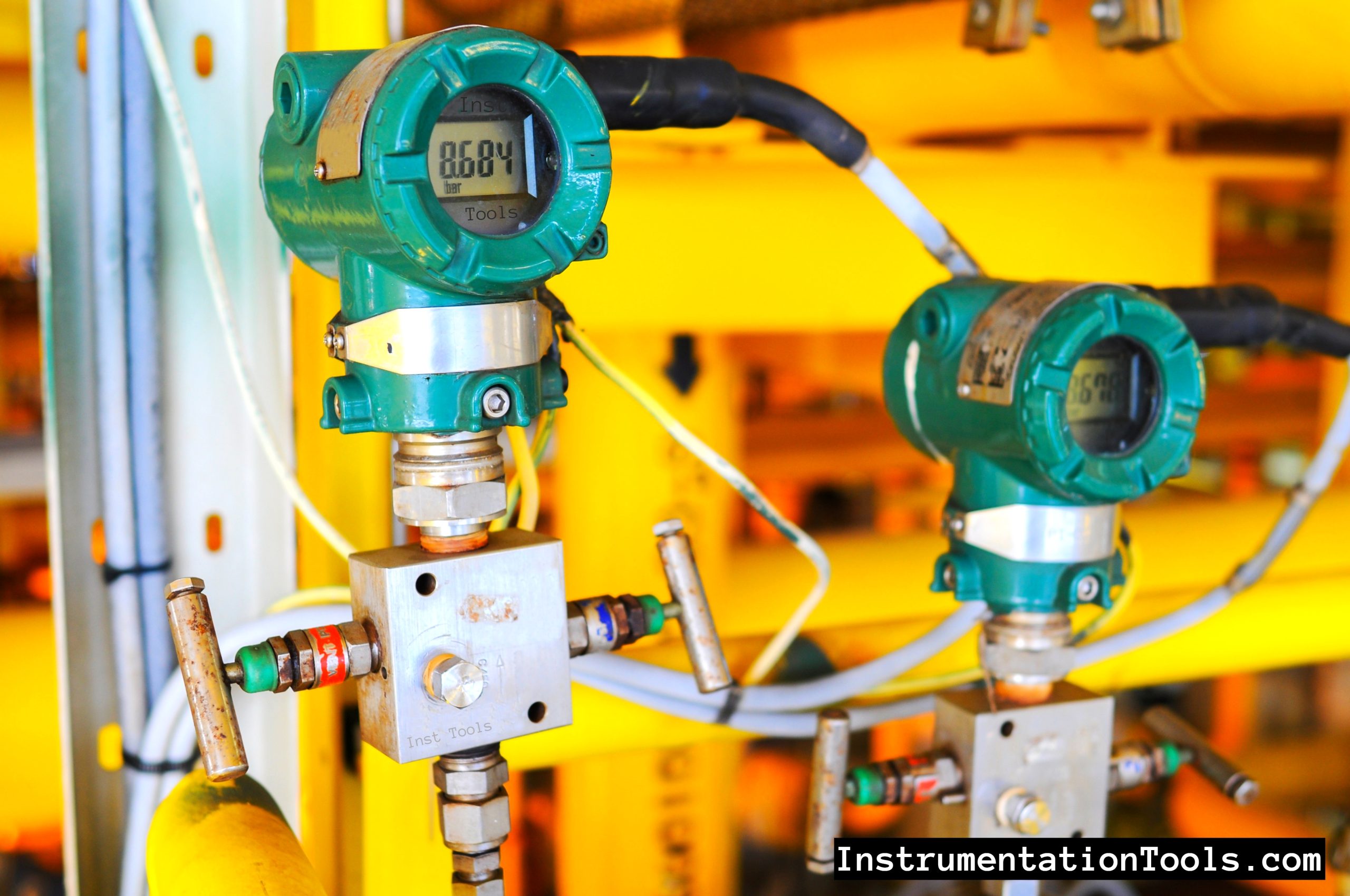
Whether you have any chemical or fluid, measuring its pressure is important; as any imbalance in pressure can damage the system. When selecting a pressure sensor, there are many factors to choose from.
According to our needs, we have to choose the right one. But, many of us do not know the meaning of each and every aspect of a pressure sensor.
So, it is important to understand the general specifications of a pressure sensor. In this post, we will see the general specifications to see when selecting a pressure sensor.
Pressure Range
It is the first and foremost parameter in choosing a pressure sensor. Pressure is sensed in the following units mostly – bar or kg/cm² or psi.
The common thing is that you have to always select a sensor whose range is above the maximum working range of the medium.
For example, if you know that the working range of the medium will go a maximum of 8 psi, then select a sensor with a maximum of 15 psi.
Mostly, choose 50% extra for the same. This will help you safely measure the pressure in any condition. But, ensure that you are not selecting the sensor with too higher a rating. This means, there is no use in selecting a sensor of 20 psi. It will just increase your cost and also compromise the accuracy provided.
For information, the range comes in two types – working and burst. The working pressure range is the one in which the medium always works, and burst pressure is the maximum pressure that a media can withstand under a pipe. If this pressure exceeds, then the pipe will burst.
Sensor Output
As you are using a sensor, then you will obviously require some means to measure it, either in a PLC or controller. This is nothing but an electrical output. It comes in two types – analog and digital.
Analog output will be 4-20 mA or 0-10 V. Digital output will be NO or NC. Depending on what you want and what is your budget you can choose the one. Analog output will be costlier than digital output.
For example, a 0-40 psi sensor will give a corresponding 4-20 mA output and scale it accordingly. In the digital output one, you have to set a certain pressure in the transmitter. When this pressure is achieved, the relay output will be switched to open or close accordingly.
Nowadays, you also get communication-form outputs like Serial, HART, Profibus, Device Net, Ethernet, or CAN Open.
One more important thing to be considered is the power supply. It comes in 5, 12, or 24V DC. Choose according to what you will need to provide.
Operating Environment
Every product comes with an environment specification, as to what ambient temperature and humidity it needs to be operated.
See whether you meet this surrounding condition so that your sensor does not get damaged. If you are operating the sensor in the wrong environment, then it can get damaged after a certain period of time.
Accuracy
It is a very complex term and you need to understand it carefully; because inaccuracy in readings can downgrade the performance of the system.
The first thing is linearity. As you increase or decrease the pressure, the corresponding electrical output must also vary on the same scale. Simply, the electrical output must be on a straight scale in correspondence with actual pressure.
The second thing is hysteresis. Suppose you get a pressure of 5 psi when you start from 1 psi. But, when you come back, it stops at 1.2 psi. This means that there is a difference of 0.2 psi.
So, hysteresis is the difference in the values measured at the same point. Everything cannot be straight and linear. There arises some difference due to majorly diaphragm. It is a mechanical part inside the sensor which moves back and forth according to the pressure applied. This spring movement is not constant and there will always be some lag or lead. This causes an imbalance in the output, at the same point.
The third thing is repeatability. Basically, it is a combination of hysteresis and linearity. Every time you increase or decrease the pressure, it is determined as to in what average the pressure shows its value. If there is a vast difference in every cycle, then it’s a major issue and the sensor needs to be checked or replaced.
So, accuracy is combined and shown to you in +-%FS.
Pressure Reading
Depending on what type of pressure reading you want, it can be absolute (relative to perfect vacuum), gauge (measured above atmospheric pressure and the most common one), differential (difference between two inlet pressures), sealed (atmosphere pressure at sea level), compound (positive and negative pressure), and vacuum (lower than atmospheric pressure).
Media Type
Depending on the requirement, you have to check whether the sensor can sense liquid, gas, or some other medium.
Resolution
Depending on the smallest change in pressure and whether the sensor is able to detect it and show the electrical output; is a measure of resolution.
Resolution is expressed in FSO. Always select the one with the best resolution.
The Material used for the Enclosure
Depending on the environment where you are installing the sensor – hazardous or non-hazardous, you need to have proper knowledge of the material used in the sensor enclosure. Whether it corrodes or gets damaged; it is an important factor to survive.
In this way, we understand some most general specifications of a pressure sensor.
If you liked this article, then please subscribe to our YouTube Channel for Electrical, Electronics, Instrumentation, PLC, and SCADA video tutorials.
You can also follow us on Facebook and Twitter to receive daily updates.
Read Next:
- Prover Tank Calibration
- History of Measurement
- Temperature Sensor Calibration
- Compare Accuracy and Precision
- Control Valve Stroke Test Procedure


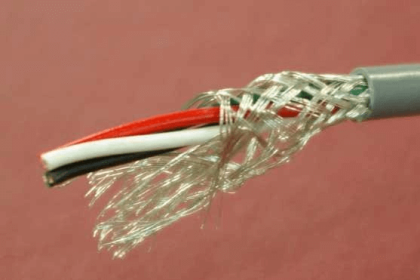
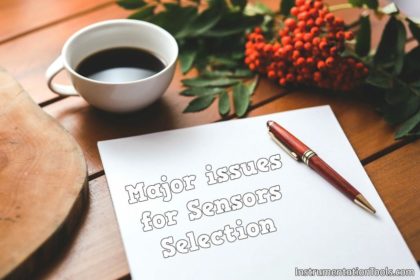
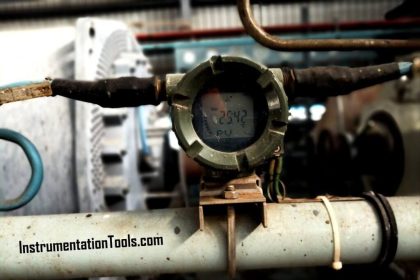
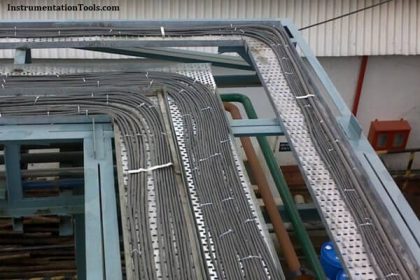
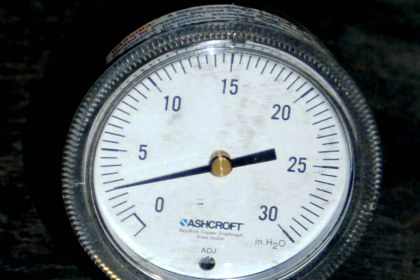
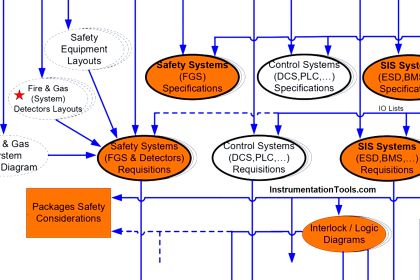

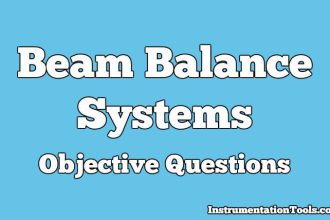
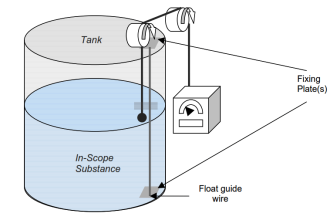
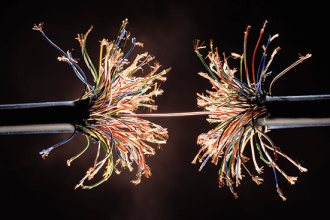
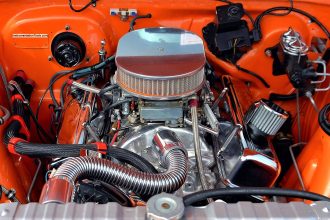
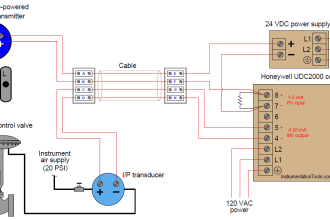
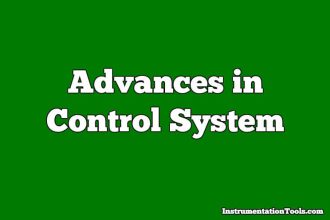

the topic and technical details were introduced in very good way
thank you for appreciated effort